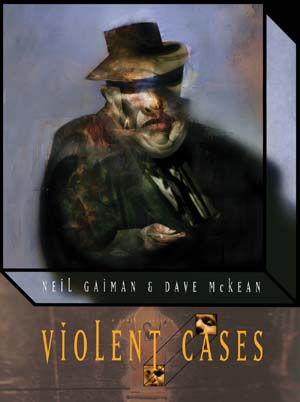Date read: 2.18.09
Book from: Personal collection
Reviewer: Emera

Nurk, a timid but sensible shrew, one day receives an urgent letter addressed to his famous grandmother Surka, the warrior, pirate queen, and general adventurer. Unfortunately, no one has seen Surka for seasons, and so Nurk packs Surka’s diary and some clean socks into his trusty snailboat, and heads off in search of adventure for the first time in his life. Dragonfly royalty in distress, perilous climes, and strange beasts aplenty await him.
I’ve been a huge fan of Ursula Vernon for years now, both of her vibrant, wildly imaginative artwork – she created the cover and interior illustrations for Nurk, of course – and of her equally weird and hilarious life and writing, as seen in her blog.
Nurk is her first mainstream published book, and is par for the Vernon course, combining a deeply practical, deeply likable hero (à la the protagonist of her long-running webcomic Digger, in which grandmother Surka is a character) with earthy wit, tooth-shattering cuteness, quick pacing, and occasional jolts of very enjoyable, very deeply creepy imagery. As a sampler: unripe salmon growing on trees; silent, voracious, cow-sized caterpillars…
Though for an adult reader, the plot is rather unmemorable (predictable twists, there-and-back-again structure), the individual elements are sufficiently weird and entertaining to make it worth the read. I do wish I knew some young persons of an age to be suitably gifted with it. Well, in a couple of years some of my cousins will be thereabouts, and in the meantime, it’s a quick, fun, slightly twisted adventure for readers of any age.
Go to:
Ursula Vernon


